1. Pennsylvania Station, New York City

Penn Station was once a crown jewel of New York, with its soaring columns and grand marble halls that echoed with the footsteps of millions of travelers. Completed in 1910, it was one of the most beautiful train stations in the world, a place that made arriving in New York feel like a true event. Yet, in the 1960s, it was torn down to make way for Madison Square Garden, sparking outrage that still lingers today. Many wondered how such an architectural masterpiece could be sacrificed for something so ordinary.
What makes the demolition so puzzling is that Penn Station wasn’t falling apart or unused—it was thriving. The decision seemed rooted more in commercial gain than public benefit, and it triggered a preservation movement that eventually saved landmarks like Grand Central Terminal. Still, losing Penn Station left a scar, and to this day, people shake their heads wondering how anyone thought it was a good idea.
2. Singer Building, New York City
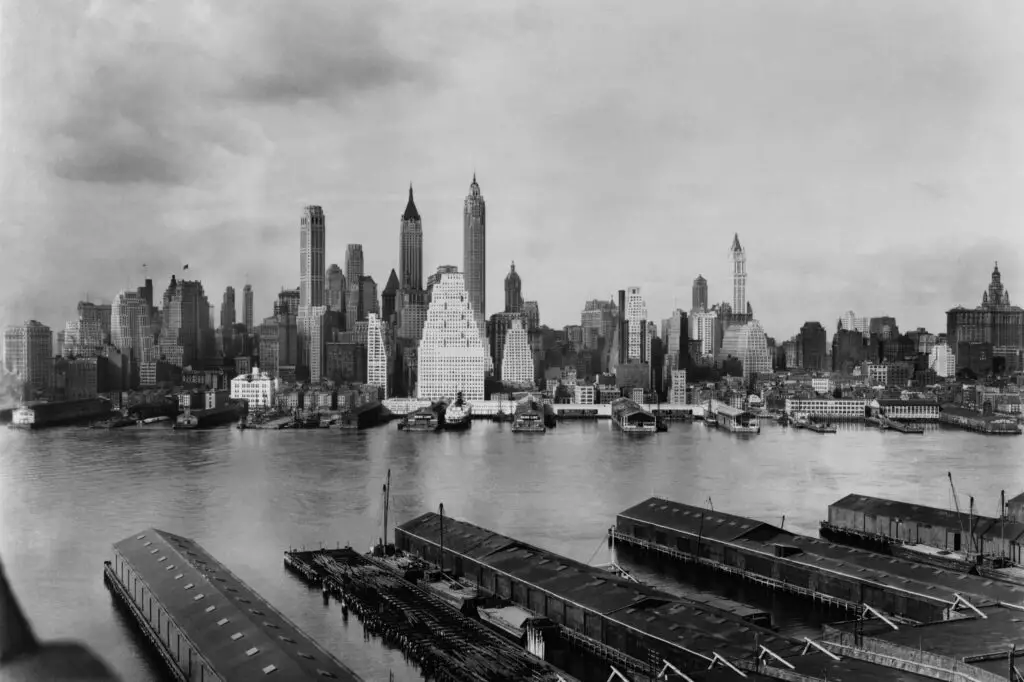
When it was completed in 1908, the Singer Building was the tallest building in the world, a proud symbol of industrial innovation and progress. Rising 612 feet into the sky, it was a marvel of its time, representing the global power of the Singer Sewing Machine Company. Its slender red façade and ornate design made it a unique fixture of Manhattan’s skyline. But despite its significance, the building was demolished in 1968.
Why did it come down? Officially, it was considered outdated and not financially viable, but the choice baffled historians and architecture lovers. A building that once stood as the tallest in the world was casually discarded. Today, the Singer Building holds the sad title of being the tallest building ever willingly torn down.
3. The Marlborough-Blenheim Hotel, Atlantic City
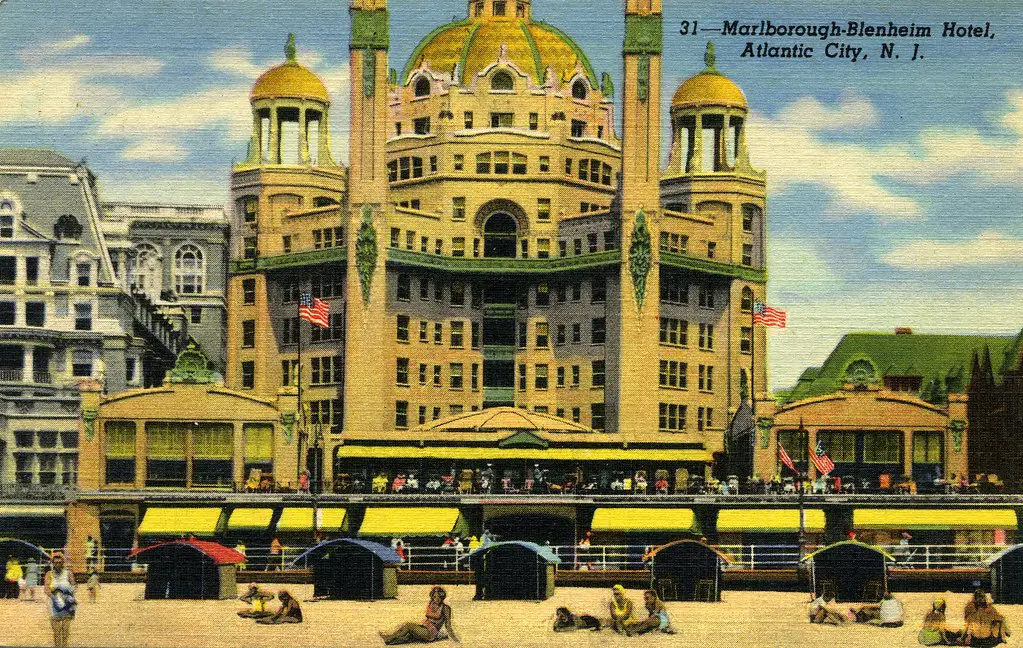
Atlantic City’s Marlborough-Blenheim Hotel was no ordinary seaside getaway. Built in the early 1900s, it was one of the first and largest reinforced concrete hotels in the world. Its whimsical, castle-like design made it instantly recognizable, and it was a favorite for wealthy vacationers for decades. Yet, by the 1970s, the hotel’s future was in jeopardy.
Rather than restore the historic landmark, developers decided to demolish it in 1978 to make room for the new Bally’s casino. The odd part is that many locals believed the hotel could have easily been repurposed or modernized. Instead, its quirky architecture vanished, and Atlantic City lost one of its most unique landmarks.
4. Chicago Federal Building
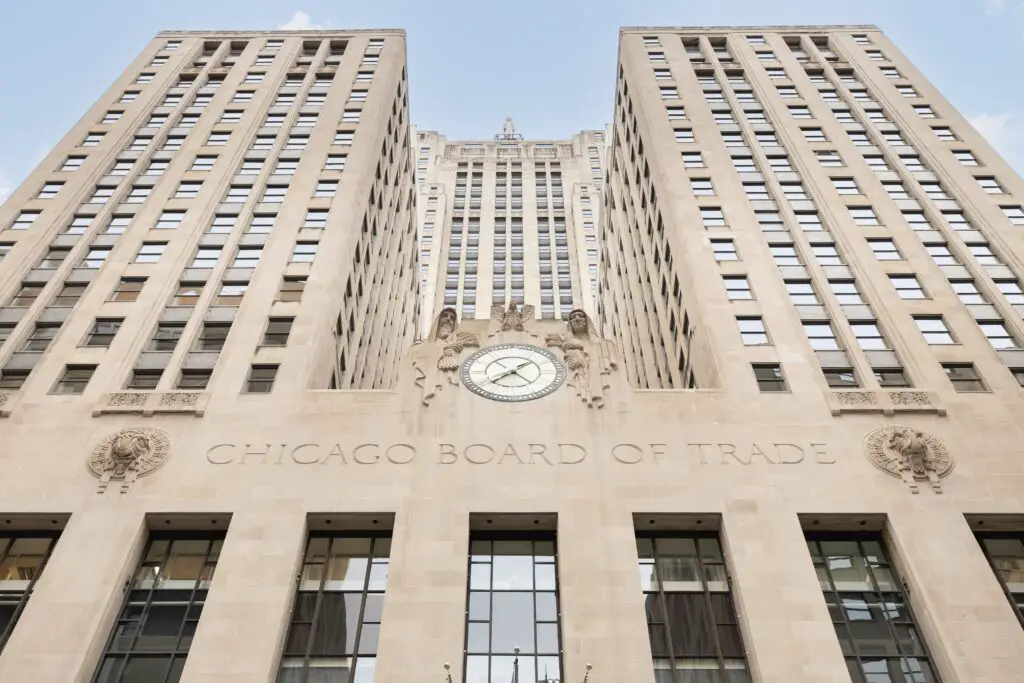
The Chicago Federal Building was a striking piece of Beaux-Arts architecture, with a massive dome that rivaled the U.S. Capitol. Completed in 1905, it was a central hub for government offices and courts. Its grandeur was a source of civic pride, representing Chicago’s place as a major American city. But despite its beauty, it was demolished in 1965.
The reason? Officials claimed it was too small and outdated, but many thought it could have been expanded or preserved. Its replacement, the more modern Kluczynski Federal Building, never carried the same charm. Chicagoans still talk about how odd it was to raze such a monumental structure without more thought.
5. Astor Hotel, New York City
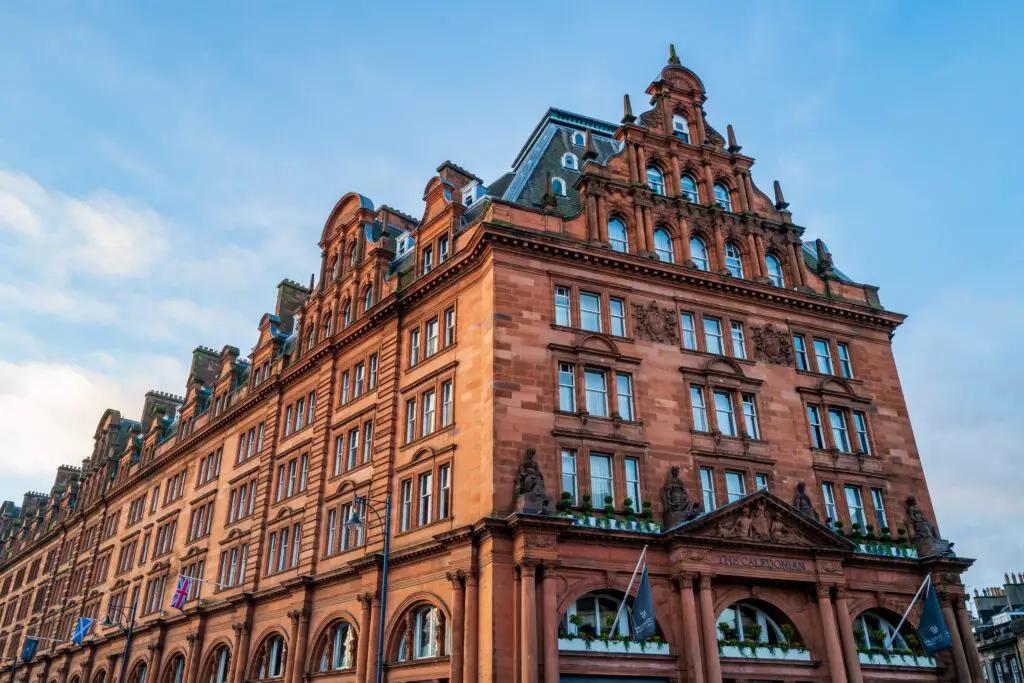
The Astor Hotel in Times Square was once a hotspot for celebrities, politicians, and high society. Built in 1904, it was a place where jazz musicians played, debutantes danced, and Broadway stars mingled after curtain call. The building itself was opulent, with chandeliers, grand ballrooms, and ornate details that captured the glamour of early 20th-century New York. Yet, in 1967, it was suddenly torn down.
The hotel wasn’t crumbling or forgotten—it was still in use. Developers simply decided that an office tower would make more money. The decision baffled many who saw the Astor as part of the cultural fabric of Times Square. Today, it’s remembered as a casualty of careless redevelopment.
6. Morrison Hotel, Chicago
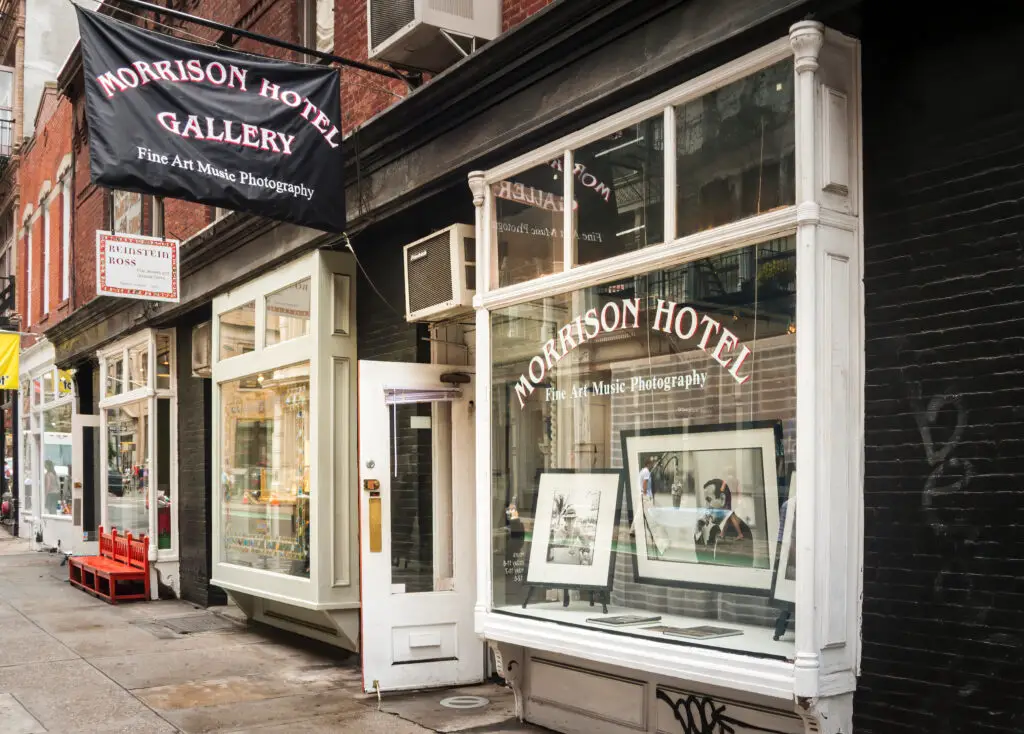
The Morrison Hotel was legendary, known for being the tallest hotel in the world when it opened in 1925. It had over 1,000 rooms and a rooftop garden that offered breathtaking views of Chicago. Guests included movie stars and political figures, making it one of the city’s premier destinations. Its neon sign became a familiar beacon in the Chicago skyline.
But in 1965, it was demolished without much ceremony to make room for the First National Bank Building. The odd part is that the hotel was still profitable and popular. Chicago lost a hotel that had defined an era, and the reasoning still feels weak to many historians.
7. Frank Lloyd Wright’s Imperial Hotel, Tokyo
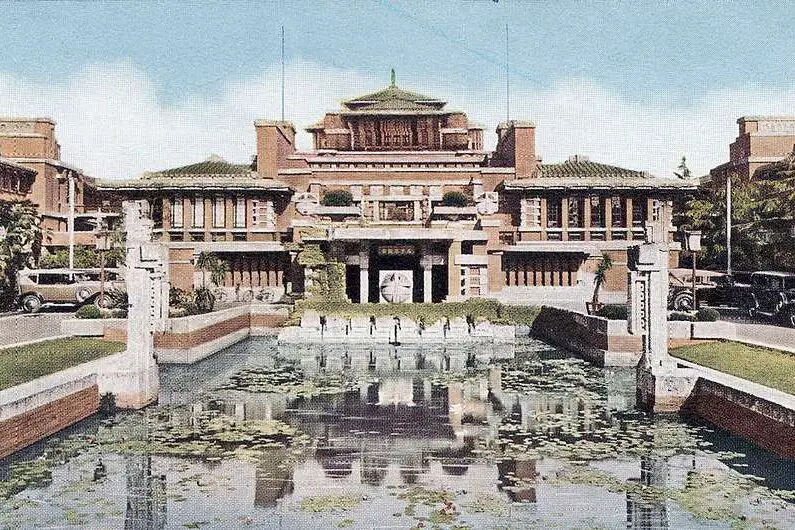
Frank Lloyd Wright’s Imperial Hotel in Tokyo was more than just a building—it was a work of art. Completed in 1923, it famously survived the Great Kanto Earthquake, proving Wright’s innovative design principles. The hotel was a symbol of resilience, admired for its Mayan Revival style and clever engineering. Tourists and locals alike saw it as a masterpiece of architecture.
Yet, in 1968, it was demolished to make way for a more modern high-rise hotel. Many felt this was an unnecessary move since the building was still structurally sound and historically significant. To this day, people wonder why anyone thought tearing down Wright’s masterpiece was the right choice.
8. Fox Theatre, San Francisco
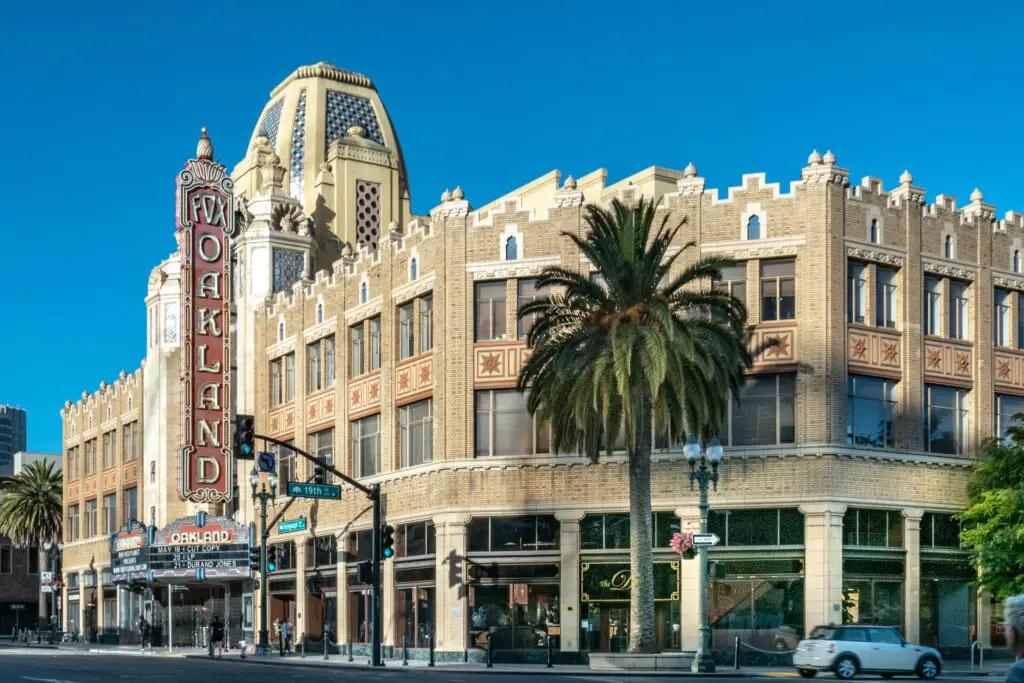
The Fox Theatre in San Francisco was one of the grandest movie palaces ever built. Opened in 1929, it featured gilded ceilings, crystal chandeliers, and seating for nearly 5,000 people. Moviegoers felt like royalty when they entered its lavish halls, and it became a central part of the city’s entertainment culture. But by 1963, its fate was sealed.
Developers claimed it was too expensive to maintain, but many believed restoration was possible. Instead, the theater was demolished, and the city lost one of its most spectacular venues. To this day, longtime San Franciscans sigh when they remember the loss of their Fox Theatre.
9. Fifth Avenue’s Bonwit Teller Building, New York City
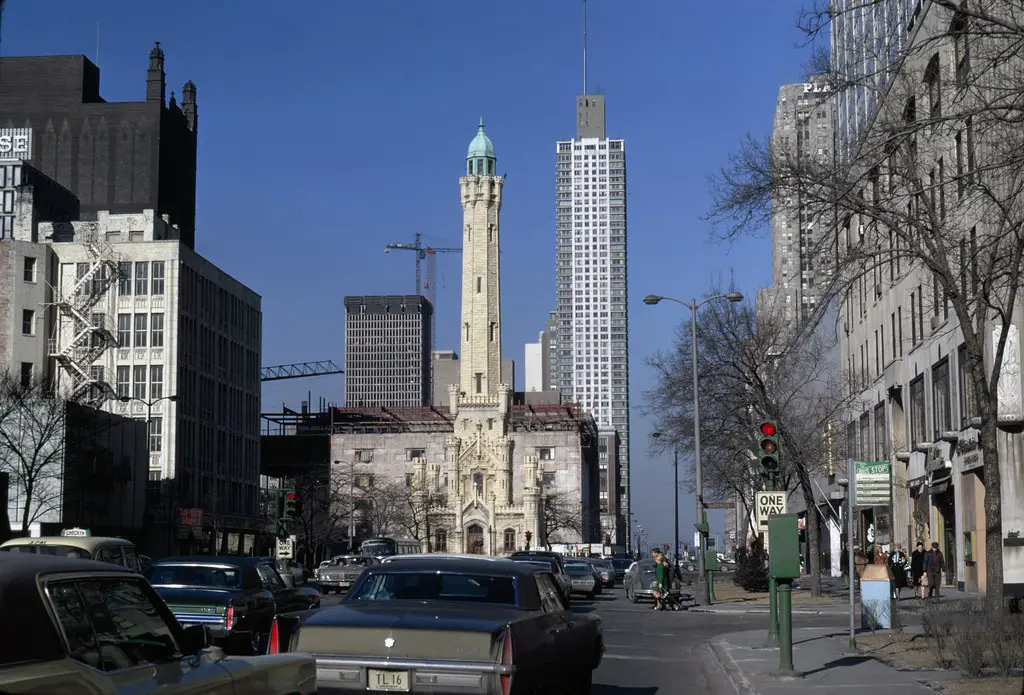
Bonwit Teller was more than just a department store—it was a landmark of Fifth Avenue shopping. Built in 1929, the building’s Art Deco design made it a striking presence. Its decorative panels were admired by art historians, and it was a beloved piece of the city’s architectural story. But in 1980, it was demolished to make room for Trump Tower.
What stunned people was that the decorative reliefs, which had been promised to the Metropolitan Museum of Art, were destroyed during demolition. The careless loss of both the building and its priceless art baffled many New Yorkers. It remains one of the more frustrating chapters in the city’s redevelopment history.
10. New York’s Metropolitan Opera House
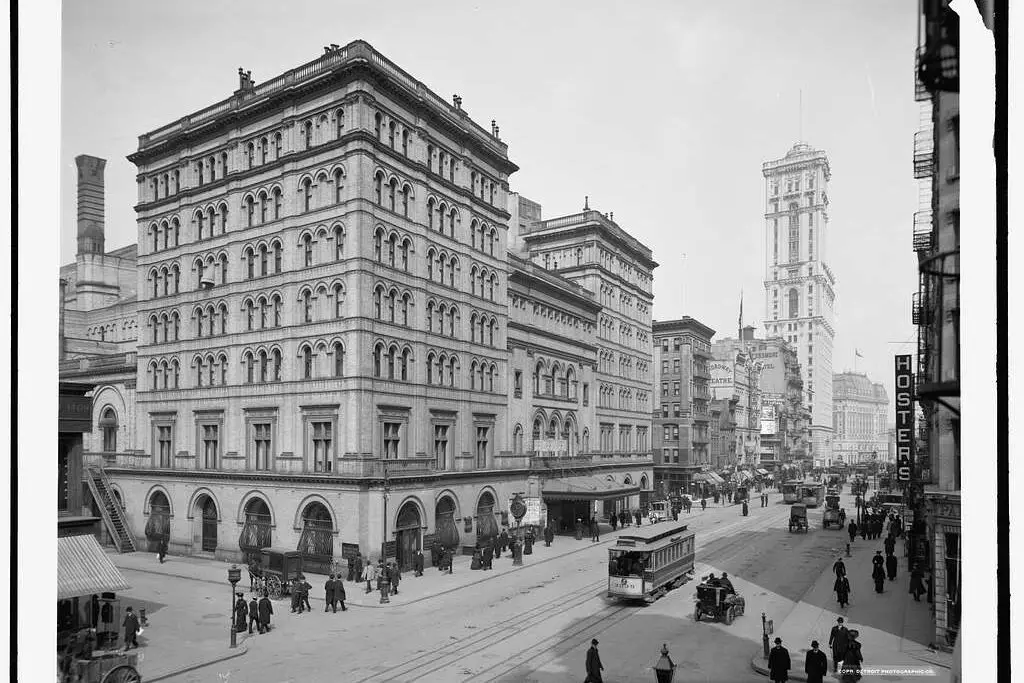
The original Metropolitan Opera House on Broadway was an icon of culture, opening in 1883 and serving as a temple of music for decades. The building hosted some of the world’s greatest operatic performances, making it a centerpiece of New York’s cultural life. With its rich interiors and sweeping design, it was a place of elegance and tradition. Yet, in 1967, it was demolished.
The reasoning given was that it was “obsolete,” but many thought it could have been preserved even after the new Met opened at Lincoln Center. Instead, the old opera house disappeared, leaving behind only memories. Opera lovers have never fully understood why the city didn’t fight harder to save it.
11. Prentice Women’s Hospital, Chicago
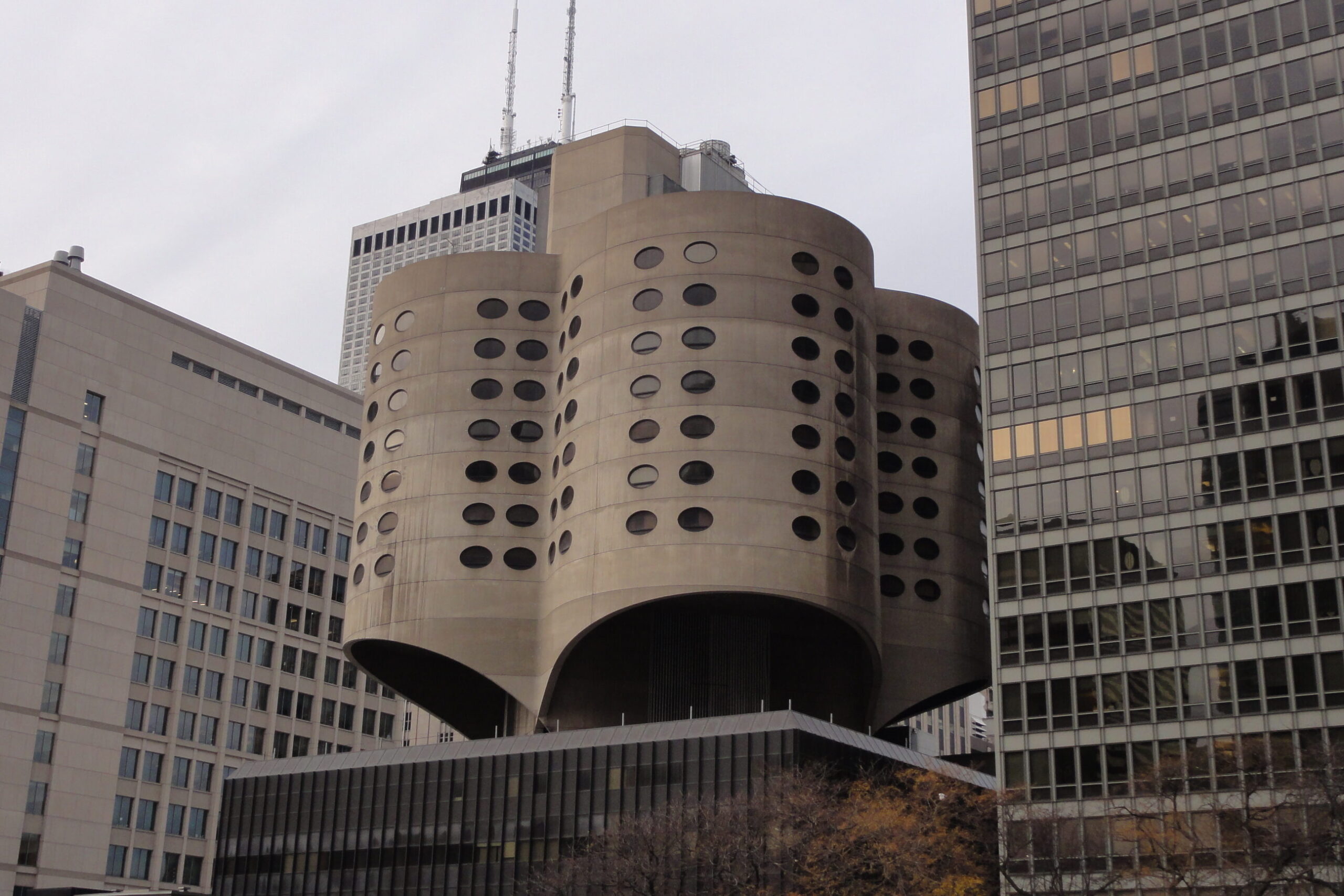
Prentice Women’s Hospital was one of Chicago’s most striking modernist buildings, designed by Bertrand Goldberg. Its cloverleaf shape made it instantly recognizable, and it was considered a groundbreaking piece of architecture when it opened in 1975. The building was also home to countless medical milestones, including advances in women’s healthcare. Yet, in 2014, it was demolished.
The University of Chicago argued it needed new research space, but preservationists begged for its protection. Many argued the building could have been repurposed instead of destroyed. Its loss still feels senseless, considering its cultural and architectural importance.
12. The House of the Century, Texas
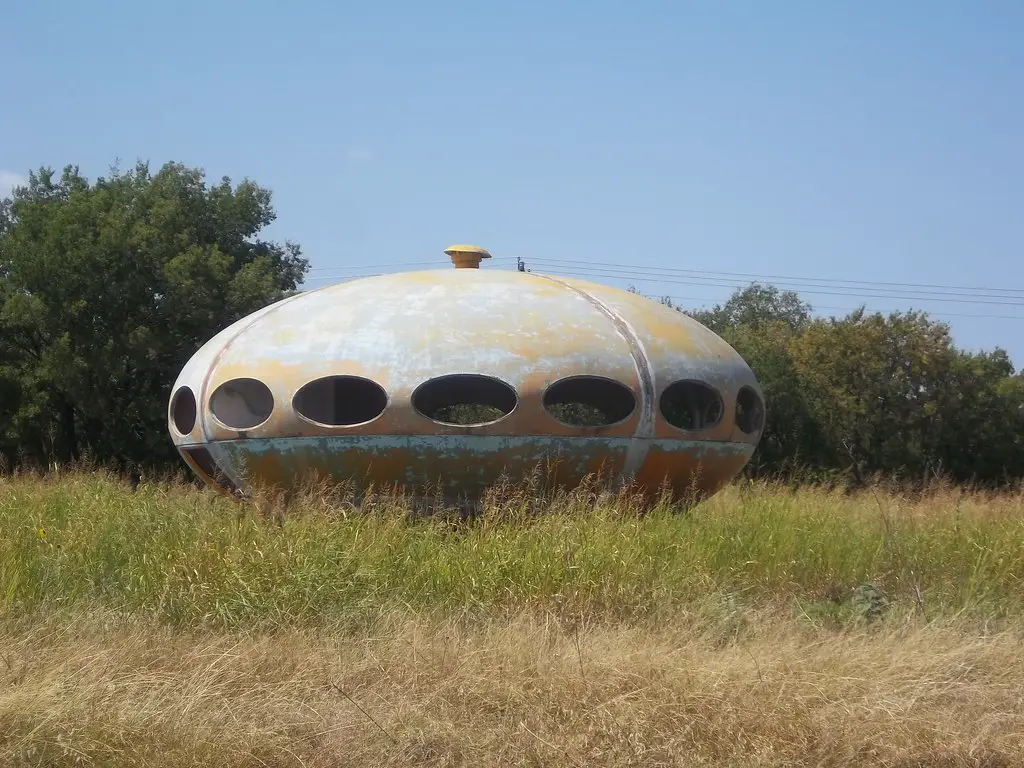
Built in 1972 by architects Ant Farm, the House of the Century was a futuristic experiment in design. Located near Houston, it was shaped like a spaceship, with curved fiberglass walls and quirky interiors. It was never a mainstream home, but it represented the bold spirit of the era. People came from around the world to marvel at its originality.
Yet, it was abandoned and eventually demolished after storm damage in the 1980s. Preservationists couldn’t believe such an unusual and significant building was simply discarded. Its destruction left many scratching their heads, wondering why no one fought harder to save it.
13. Penn Theatre, Detroit
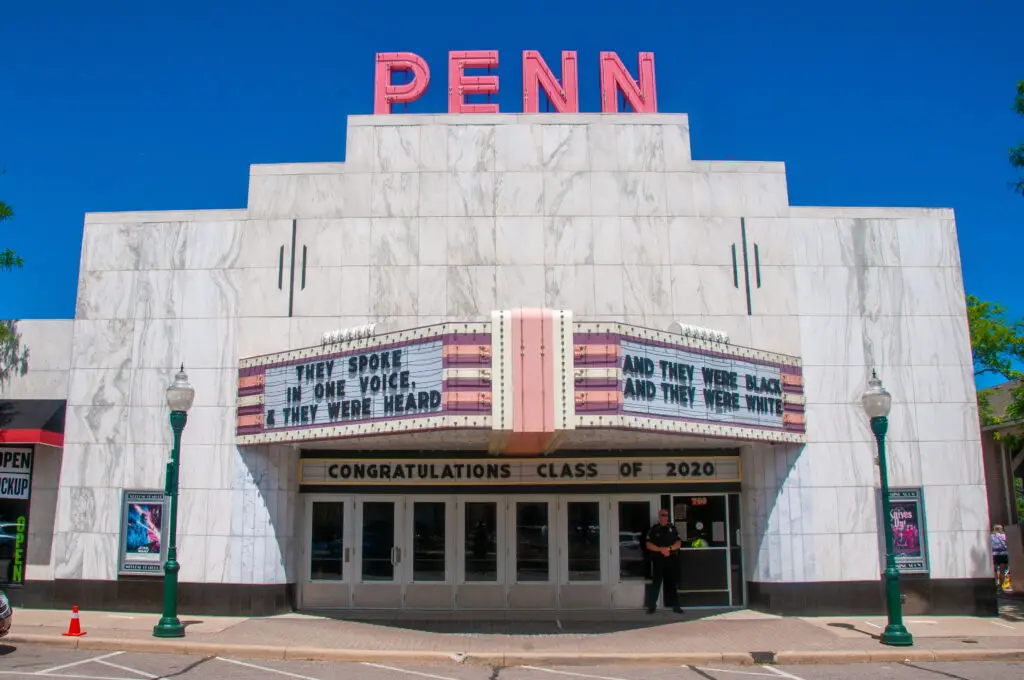
The Penn Theatre in Detroit opened in the 1920s and was known for its lavish Art Deco design. It had glowing neon, velvet seats, and a marquee that lit up the street. For years, it was the place where families gathered for movies and live performances. It was a cornerstone of community life, remembered fondly by generations.
But like many urban theaters, it was abruptly demolished in the 1960s. Many argued it could have been restored or repurposed, but city officials saw more value in clearing the land. Decades later, locals still talk about the loss as unnecessary and sad.
14. Pan-Pacific Auditorium, Los Angeles
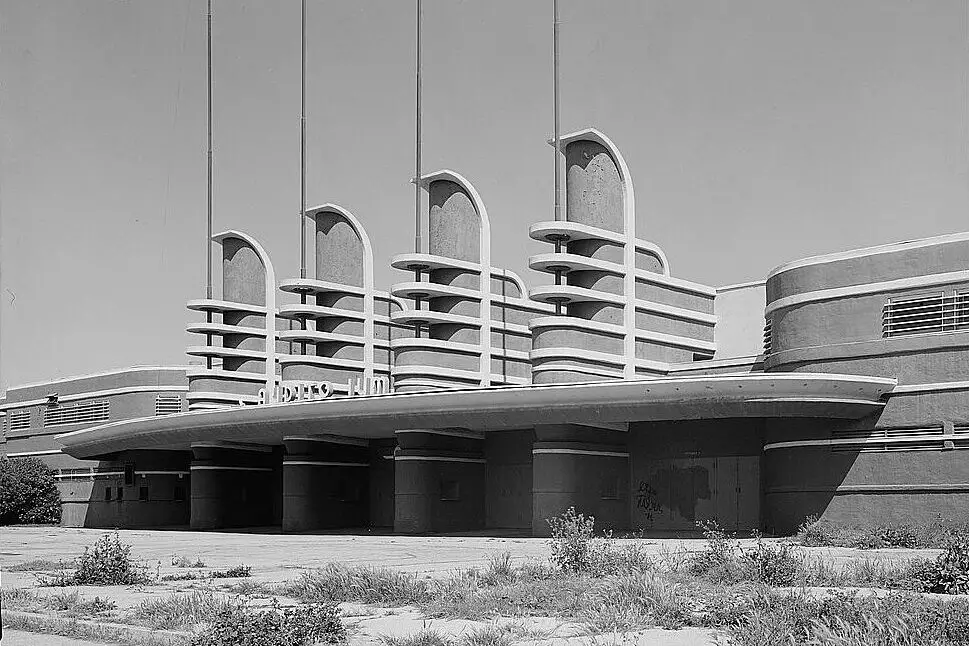
The Pan-Pacific Auditorium was an iconic Art Deco masterpiece, opening in 1935 with its distinctive green and white towers. It was a cultural hub in Los Angeles, hosting everything from concerts to political rallies. For decades, it was the place where big events happened in the city. Yet, after it closed in the 1970s, its future was in jeopardy.
The building was neglected and eventually caught fire in 1989, but by then it had already been left to decay. Many wonder why no one stepped in earlier to restore and preserve it. Its destruction was more about neglect than necessity, making its loss particularly frustrating.
15. The Hippodrome Theatre, New York City
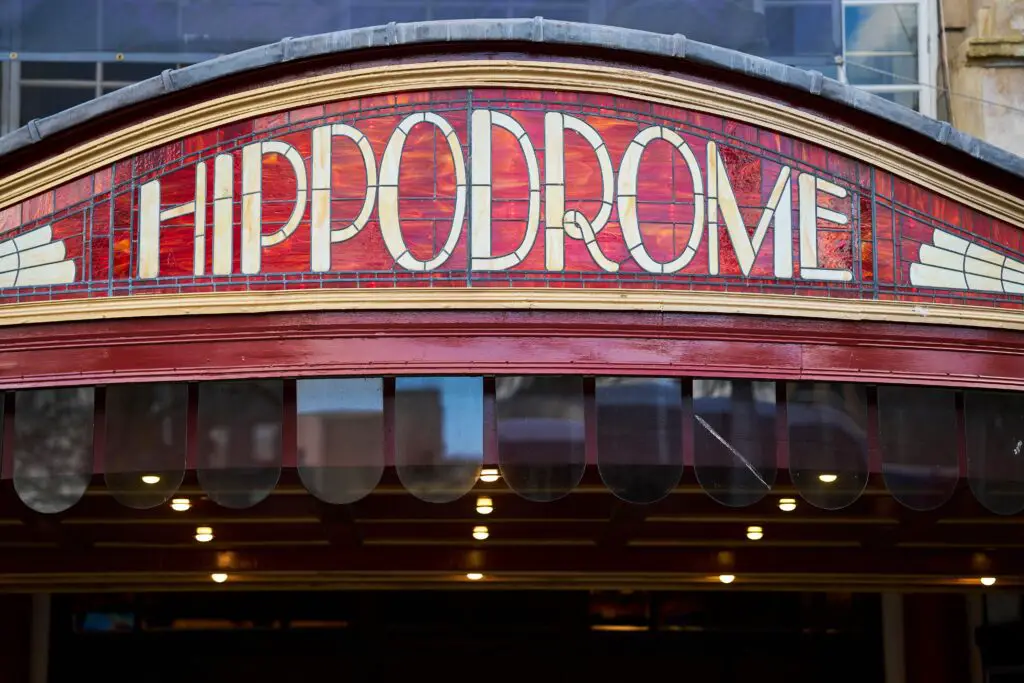
When the Hippodrome opened in 1905, it was called the “Eighth Wonder of the World.” It could seat 5,000 people and featured water shows, circuses, and elaborate stage productions that dazzled audiences. It was a place where dreams came alive, right in the heart of Manhattan. But by 1939, it was demolished.
The reasoning was never entirely clear, as the theater could have been modernized or adapted. Instead, New York lost one of the most spectacular entertainment spaces it had ever known. Even today, theater historians shake their heads at how casually it was erased from history.
